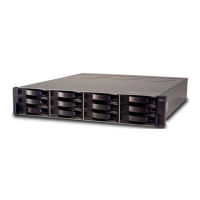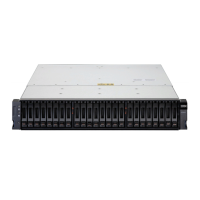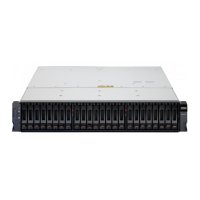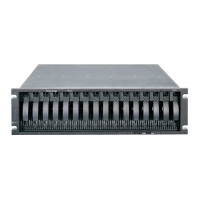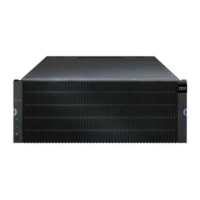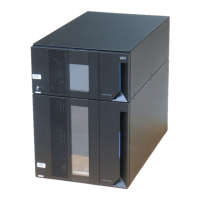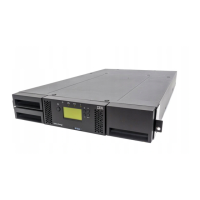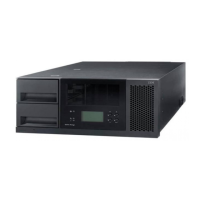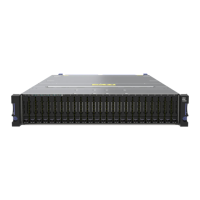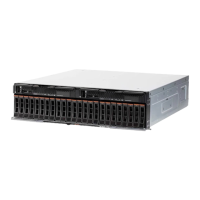on the Array is created using all remaining capacity by omitting the
capacity=volume creation parameter
250 Configuration Script Example 2
create volume RAIDLevel=3 userLabel=”2” drives=[0,1 0,6 1,7 1,3 2,3 2,6]
owner=B segmentSize=16 capacity=2GB;
show “Setting additional attributes for voluem 7”'
//Configuration settings that cannot be set during volume creation
set volume [“7”] cacheFlushModifier=10;
set volume [“7”] cacheWithoutBatteryEnabled=false;
set volume [“7”] mirrorEnabled=true;
set volume [“7”] readCacheEnabled=true;
set volume [“7”] writeCacheEnabled=true;
set volume [“7”] mediaScanEnabled=false;
set volume [“7”] redundantCheckEnabled=false;
set volume [“7”] modificationPriority=high;
The command in this example, like the create volume command in the previous example, creates a new
volume. The significant difference between these two examples is that this example shows how you can
define specific drives to include in the volume. Use the show storageArray profile command to find out
what drives are available in a storage subsystem.
The create volume command takes this form:
create volume raidLevel=(0|1|3|5|6)userLabel=volumeName
drives=(enclosureID1,slotID1...enclosureIDn,slotIDn)
[capacity=volumeCapacity | owner=(a | b) |
cacheReadPrefetch=(TRUE | FALSE) |
segmentSize=segmentSizeValue]
[enclosureLossProtect=(TRUE | FALSE)]
Appendix B. Example script files B-3
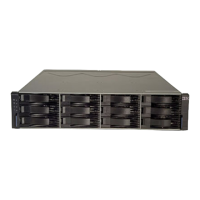
